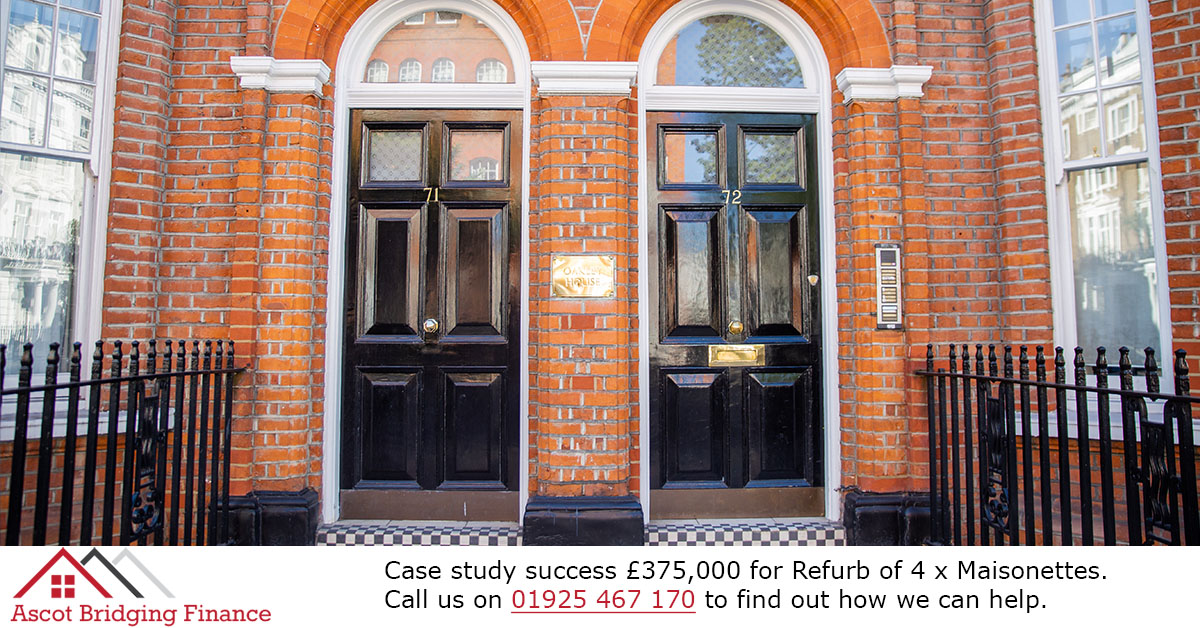Some people who own a portfolio of investment property are successfully using bridging loans to pay off existing loans. Bridging loans are regularly used by property investors to complete property purchases quickly, finance auction deals and raise funds to renovate or convert property. Bridging loans can also be used to pay off an existing loan on property in a process known as ‘re-bridging’. A recent example of this, given in a June 2017 BridgingAndCommercial.co.uk article, was a property owner who wanted to pay off a £2m loan on his existing London investment property. With a market value of £5m, it was not difficult to find a bridging lender willing to loan the £2m to discharge the loan on the property. A loan was arranged and the funds available within seven days. The sale of other property in the investor’s portfolio was used later to pay off the bridging loan. Similarly, an investor in the South of England was experiencing delays in selling off one of his properties. There was strong interest from buyers but no firm offer. He managed to raise a £3.5m bridging loan that repaid an existing loan. As soon as the property sales went through, the bridging loan was repaid. In both these cases, a bridging loan provided breathing space while the investors were waiting for property to be sold. As no exact date was known for when funds would be available to repay the bridging loan, open bridging loans were used that could be paid back without exit fees.






